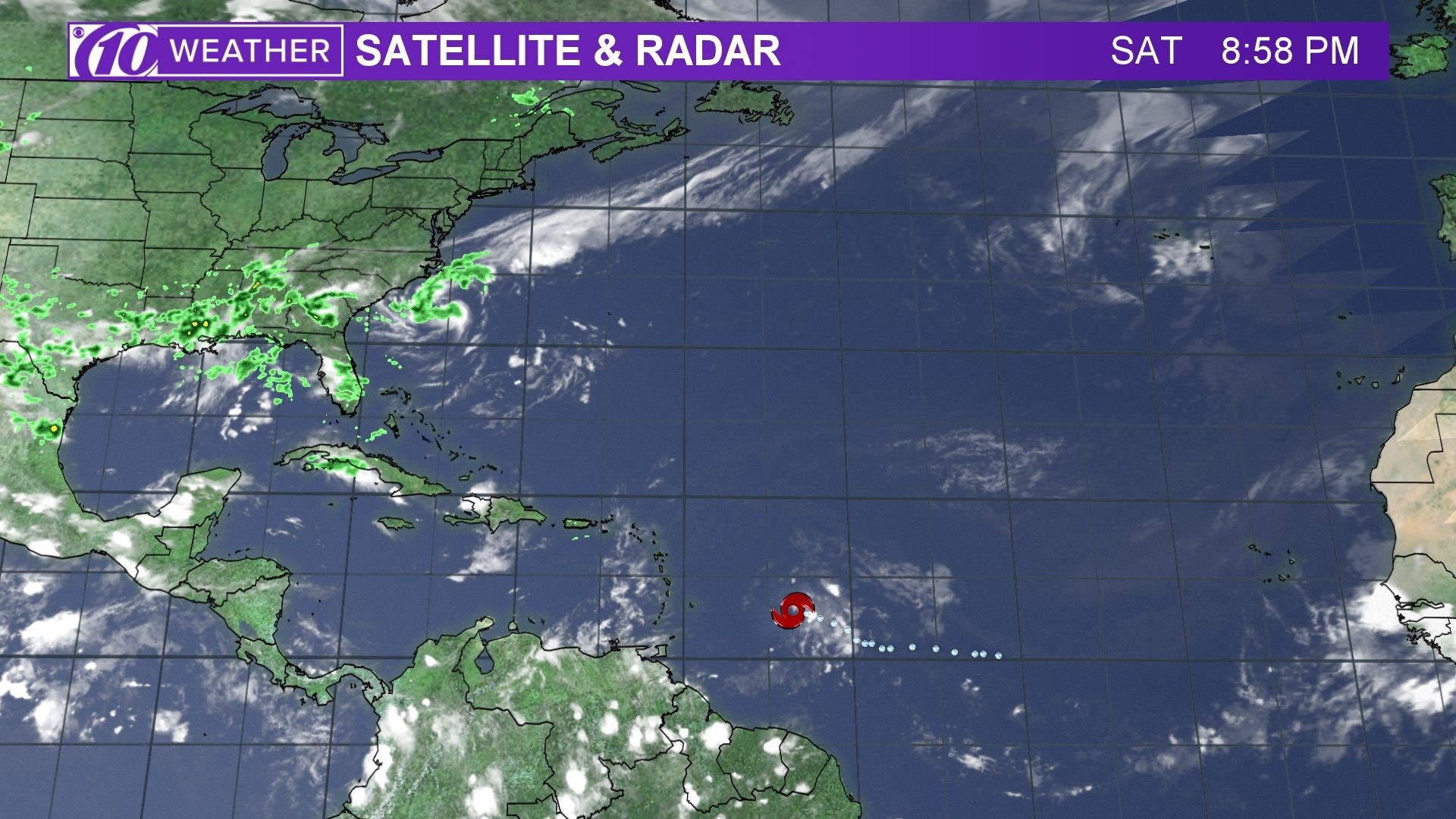Overview of Spaghetti Models for Beryl
Spaghetti models for beryl – Spaghetti models, also known as ensemble forecast models, are a collection of computer simulations used to predict the path and intensity of hurricanes. Each simulation represents a different possible scenario, based on slightly different initial conditions or model configurations. The resulting collection of model runs creates a range of potential outcomes, visualized as a bundle of spaghetti-like lines on a map.
For Hurricane Beryl, spaghetti models provide valuable insights into the storm’s potential track and strength. Forecasters use these models to assess the range of possible scenarios and identify areas that may be at risk. However, it’s important to note that spaghetti models have limitations and uncertainties, and should not be interpreted as exact predictions.
To get a good idea of where Hurricane Beryl is headed, meteorologists use spaghetti models. These models show a range of possible paths the storm could take. By looking at all of the different paths, meteorologists can get a better idea of where the storm is most likely to go.
You can find more information about the path of hurricane beryl by clicking on the link. Spaghetti models are a valuable tool for meteorologists, and they can help us to better prepare for hurricanes.
Limitations and Uncertainties
- Model Imperfections: Spaghetti models rely on complex computer simulations that can be imperfect. Factors such as the accuracy of initial conditions, model physics, and computational limitations can introduce uncertainties into the forecasts.
- Natural Variability: Hurricanes are inherently unpredictable systems, influenced by a multitude of factors. Spaghetti models cannot fully account for the natural variability and chaotic nature of these storms.
- Ensemble Size: The number of simulations in a spaghetti model ensemble affects its reliability. Larger ensembles generally provide a more robust range of potential outcomes, but computational limitations may restrict the number of simulations that can be run.
Despite these limitations, spaghetti models remain a valuable tool for hurricane forecasting. They provide forecasters with a range of possible scenarios and help identify areas that may be at risk. By understanding the limitations and uncertainties associated with spaghetti models, forecasters can make more informed decisions and issue more accurate warnings.
Spaghetti models foh Beryl are crucial foh tracking its path and intensity. These models provide valuable insights into the hurricane’s behavior, helping meteorologists make informed predictions. To stay up-to-date on the latest developments regarding Hurricane Beryl in Barbados, visit barbados hurricane beryl for comprehensive information.
Spaghetti models continue to be a key tool in forecasting the hurricane’s trajectory, providing critical data for emergency preparedness and response efforts.
Applications of Spaghetti Models in Hurricane Forecasting

Spaghetti models are a valuable tool for hurricane forecasters, providing insights into the potential paths and impacts of a storm. During Hurricane Beryl, spaghetti models were used to inform decision-making and enhance preparedness efforts.
One of the primary applications of spaghetti models is identifying potential landfall locations and evacuation zones. By examining the spread of model tracks, forecasters can assess the areas that are most likely to be affected by the hurricane. This information is crucial for issuing timely evacuation orders and ensuring the safety of coastal communities.
Predicting the Timing and Intensity of Hurricane Impacts
Spaghetti models also play a vital role in predicting the timing and intensity of hurricane impacts. By analyzing the ensemble of model runs, forecasters can estimate the most probable time of arrival and the potential range of wind speeds and storm surge heights. This information helps emergency managers prepare for the worst-case scenario and allocate resources accordingly.
Case Studies of Spaghetti Model Performance

Spaghetti models have demonstrated varying degrees of accuracy in predicting the path and intensity of hurricanes, including Hurricane Beryl. Here, we examine specific cases where the models have both succeeded and failed in their forecasts.
In 2018, spaghetti models accurately predicted the general track of Hurricane Beryl as it moved towards the Leeward Islands. The models consistently showed the storm making landfall in Dominica, which ultimately occurred. Additionally, the models correctly forecast the storm’s intensity, with most predicting it would reach Category 1 strength, which it did.
Instances of Model Failure
However, spaghetti models have also faced challenges in accurately predicting the behavior of hurricanes. In 2019, the models failed to anticipate the rapid intensification of Hurricane Dorian as it approached the Bahamas. The models consistently underestimated the storm’s strength, with many predicting it would remain a Category 2 hurricane. However, Dorian unexpectedly intensified to a Category 5 hurricane, causing widespread devastation in the Bahamas.
Factors Influencing Accuracy, Spaghetti models for beryl
The accuracy of spaghetti models depends on several factors, including the quality of the initial data, the accuracy of the computer models used, and the skill of the meteorologists interpreting the results. Additionally, the complexity of the storm’s environment, such as the presence of wind shear or nearby landmasses, can also impact the accuracy of the models.